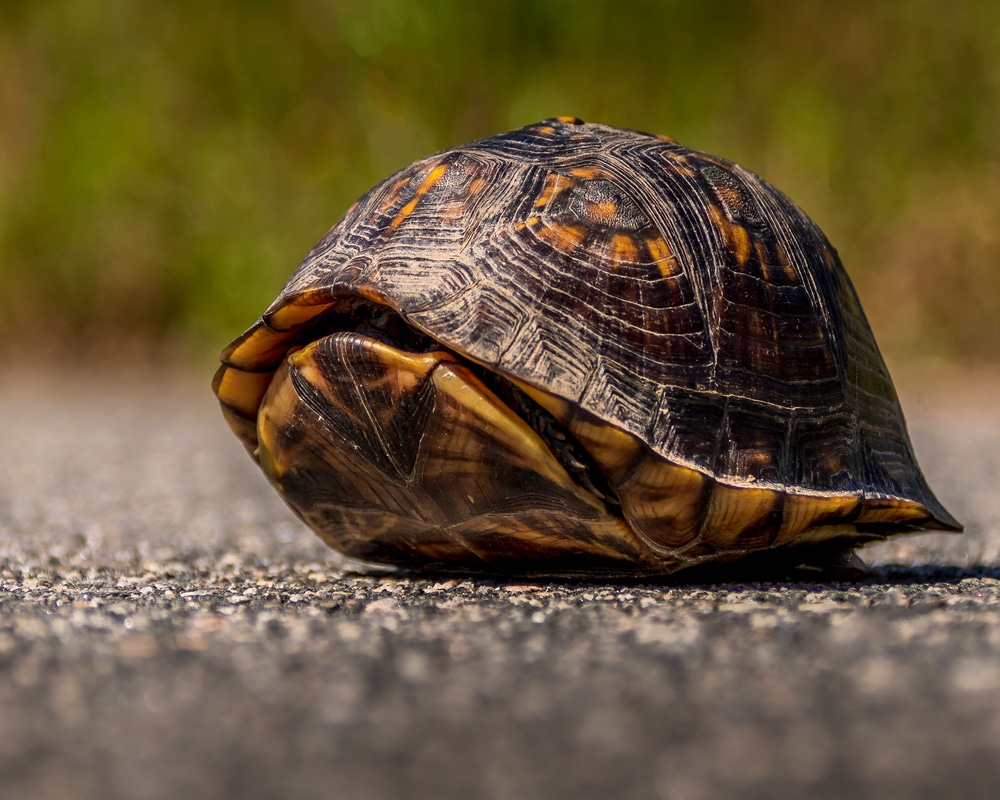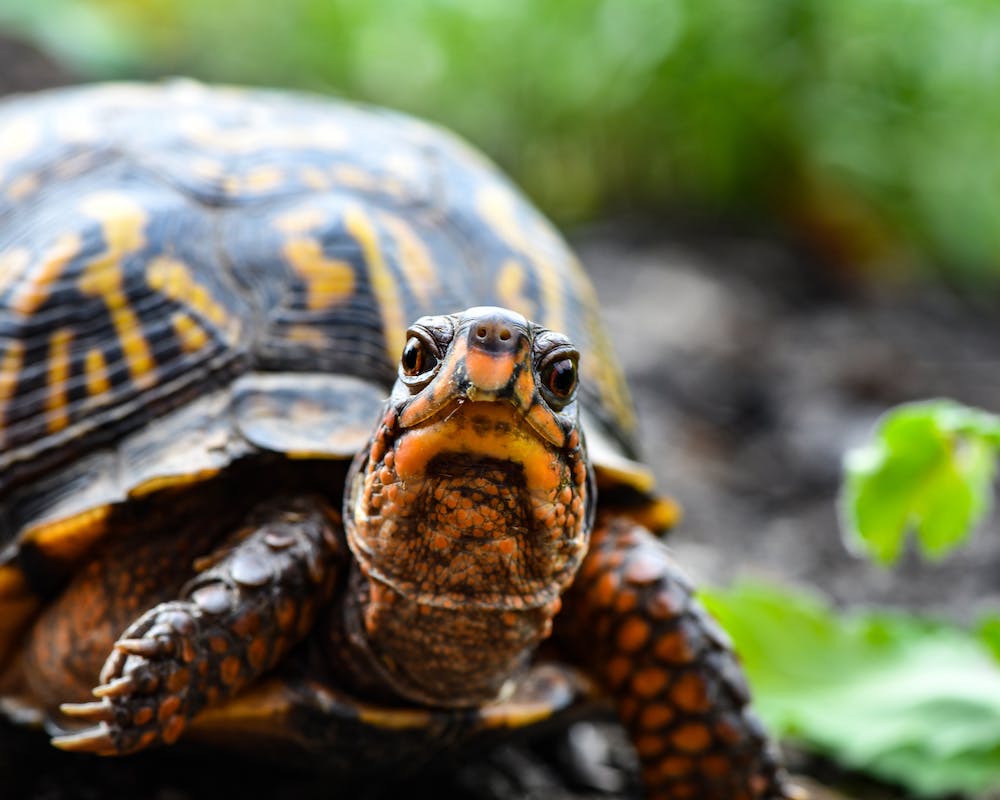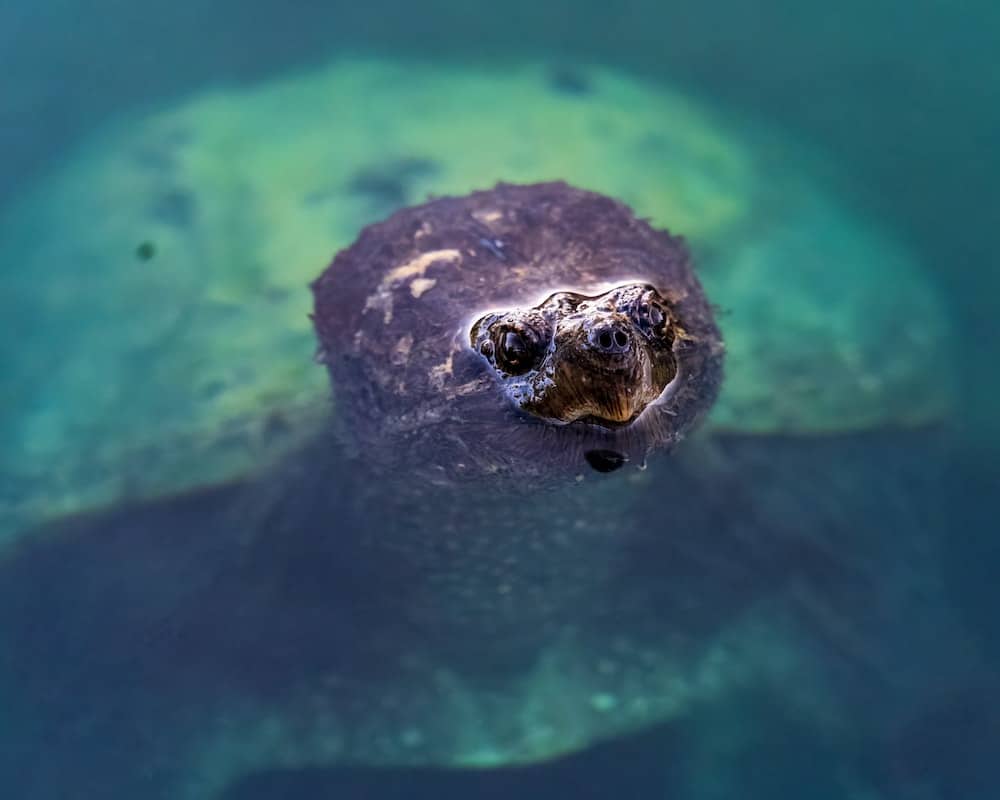If you have ever marveled at the unique armor of your beloved turtles, today’s adventure is tailor-made for you. Join us on an exciting journey to understand the fascinating world of turtle shell hardness and discover why it matters for the health and happiness of your adorable shelled companions.
A turtle shell is incredibly hard and serves as a natural protective armor. Composed of strong, dense bones covered by a layer of tough, keratinized plates, it resists most predator attacks. The shell’s hardness varies among species, but generally, it provides exceptional defense and ensures a turtle’s survival.
- Structure And Composition Of The Turtle Shell
- The Role Of Turtle’s Shell Hardness In Nesting And Reproduction
- Comparing The Shell Hardness To Other Materials
- Why is The Hard Turtle Shell Important for Defense?
- How Does The Turtle’s Growth Affect the Hardness of the Shell?
- How Does the External Environment Affect the Turtle’s Shell Hardness?
- Shell Hardness Of Aquatic Vs. Terrestrial Turtles
- How Does The Predation Risk Affect A Turtle’s Shell Hardness?
- Impact Of Climate Change on Shell Hardness: A Growing Concern
- Conclusion
Structure And Composition Of The Turtle Shell
The turtle shell is an intricate and complex structure that serves as an exoskeleton, providing support and protection for the animal’s internal organs.
The armor has two main parts: the upper one is called the carapace, and the lower one is called the plastron. These parts are made up of a mix of bones and special plates.
- The upper carapace is like a fusion of the turtle’s ribs, vertebrae, and parts of its shoulder bones. It’s super strong and tough, providing excellent protection.
- The lower part of the plastron is made by joining the turtle’s collarbones and some other bones together, adding to the overall strength of the shell.
- Now, here’s the cool part: the carapace and plastron are connected on the sides by a bendy bridge. It’s like a built-in door that allows the turtle to hide its legs and head inside the shell whenever it feels like it.
- So the turtle’s shell is a fantastic exoskeleton that looks after its insides, and it’s like a personalized, safe house that the turtle can carry around!
Within the carapace, dermal plates are arranged in a mosaic pattern, giving the shell its unique appearance. The arrangement of these dermal plates varies among different turtle species, adding to the diversity and beauty of these creatures.
The role of bony structures in providing support and strength to the shell cannot be underestimated. The fusion of bones and dermal plates gives the turtle shell a formidable defense against predators and environmental threats.
The Role Of Turtle’s Shell Hardness In Nesting And Reproduction
Here are the key points on the role of shell hardness in nesting and reproduction:
Nesting Behavior And Site Selection
- Turtles exhibit specific nesting behaviors, often involving long migrations to suitable nesting sites.
- The hardness of the turtle shell influences their nesting site selection.
- Turtles may prefer nesting locations that offer protection and security for their vulnerable eggs.
- Hard-shelled turtles may choose nesting sites with less overhead cover or vegetation due to their better natural protection.
Nest Construction
- Turtle shells with sufficient hardness provide a stable platform for the female to dig a nest.
- The strength of the shell allows the turtle to use its hind limbs effectively for digging, creating a safe and adequate cavity for the eggs.
Comparing The Shell Hardness To Other Materials
To assess the hardness of turtle shells, scientists often use the Mohs scale of mineral hardness, which measures a material’s scratch resistance.
- On this scale, turtle shells generally fall within a specific range, showcasing a hardness level comparable to certain minerals.
- However, it is essential to understand that hardness is just one aspect of the shell’s overall strength.
- The shell’s resilience and ability to absorb impact are equally crucial for the turtle’s survival in the wild.
- A shell that is too hard may shatter under strong impacts, leaving the turtle vulnerable, whereas a shell that is too soft may not adequately protect the animal.
Why is The Hard Turtle Shell Important for Defense?
When danger comes their way, turtles have an incredible trick up their sleeves. They can pull their limbs and head inside the shell, creating a protective barrier that protects them from harm. This clever adaptation has been a key factor in the turtle’s survival for millions of years.
Now, the shape and structure of the shell are no coincidence either. The curve of the upper part is designed in such a way that it becomes really difficult for predators to get a good grip and access the soft parts of the turtle’s body. It’s like having an extra layer of protection, making it challenging for those pesky predators to do any damage.
And here’s the best part: the shell is not only smartly shaped but also incredibly tough. When a turtle retreats into its shell, the outer layer can handle a lot of force. It’s like having a strong shield to withstand attacks and keep the turtle out of harm’s way.
All in all, the turtle shell is an amazing defense mechanism that has stood the test of time, helping these little armored heroes stay safe and sound in their natural world!
How Does The Turtle’s Growth Affect the Hardness of the Shell?
As turtles grow, their shells must accommodate their increasing size. The growth process of turtle shells is intriguing as they do not grow like other animals that have soft, expandable skin or exoskeletons.
Instead, turtle shells are made of hard, rigid structures, and their growth requires a unique adaptation.
Young turtles typically have softer shells which gradually harden as they age. This evolutionary mechanism ensures that the shell becomes a more effective defense as the turtle matures.
During their early stages of life, the shell is more flexible to accommodate growth. As the turtle reaches adulthood, the shell hardens providing maximum protection.
How Does the External Environment Affect the Turtle’s Shell Hardness?
The environment and diet play crucial roles in the development and hardness of a turtle’s shell. Proper nutrition is essential for strong shell growth, and a balanced diet contributes to the overall health of the turtle.
- Calcium is a vital element for shell development, and turtles in the wild obtain it through a diverse diet that includes calcium-rich plants and other food sources.
- Unfortunately, the impact of human activities on the environment can have adverse effects on a turtle’s shell.
- Pollution, toxins, and habitat destruction can weaken the shell’s structure and pose health risks to the turtle population.
In aquatic environments, turtles face additional challenges due to the potential exposure to environmental pollutants and the availability of suitable calcium-rich food sources.
The quality of the water and the health of aquatic habitats play a crucial role in determining the hardness and resilience of the shells of aquatic turtles.
Shell Hardness Of Aquatic Vs. Terrestrial Turtles
Turtles that inhabit different environments may have varying levels of shell hardness. Aquatic turtles, which live primarily in water, tend to have shells that are somewhat softer compared to their terrestrial counterparts.
This difference in hardness is influenced by the contrasting demands and challenges each environment poses to these species.
Aquatic Turtles
Aquatic turtles often face threats from aquatic predators such as fish and reptiles, which do not exert the same level of force on the turtle’s shell as land-based predators.
Consequently, they do not need shells with the same hardness level as terrestrial turtles.
Terrestrial Turtles
Terrestrial turtles, on the other hand, face different threats from land-dwelling predators, such as mammals and birds. As a result, their shells have evolved to be harder and more resistant to withstand the impact of potential attacks.
How Does The Predation Risk Affect A Turtle’s Shell Hardness?
The hardness of turtle shells is closely linked to predation risks and the environment in which they live. Different species of turtles have evolved unique shell characteristics based on the predators they encounter and the environments they inhabit.
In environments with a high predation risk, turtles may have shells with greater hardness and resilience as these traits increase their chances of survival. Conversely, turtles in environments with lower predation risks may not require shells with the same hardness level.
Additionally, natural selection plays a significant role in shaping the hardness of turtle shells. Individuals with shells that are more resistant to predation are more likely to survive and pass on their genes to the next generation.
Impact Of Climate Change on Shell Hardness: A Growing Concern
The hardness of marine organisms’ shells is facing significant challenges due to the ongoing impact of climate change.
- Ocean acidification, driven by increasing atmospheric carbon dioxide levels, hinders shell calcification, resulting in weaker shells.
- Rising sea temperatures affect metabolic rates, potentially altering shell growth patterns and composition.
- Warmer waters can lead to faster shell growth but with higher organic content, making the shells less robust.
- Coastal regions are particularly vulnerable to the combined effects of climate change and geography, as rising sea levels and more intense storms demand harder shells to withstand increased wave energy.
- Weaker shells can jeopardize the survival of marine species and disrupt food webs.
- Sustainable practices and efforts to mitigate climate change are crucial to preserve the resilience of marine organisms and protect their shells.
Conclusion
In conclusion, the hardness of turtle shells is a remarkable evolutionary adaptation that ensures their survival in diverse habitats. The intricate composition of the shell, consisting of a bony core and keratinous plates, provides excellent protection against predators and environmental challenges.
The variation in hardness among turtle species reflects their unique ecological niches and lifestyles. Scientists continue to study these fascinating structures to gain insights into their mechanical properties and potential applications in engineering and materials science.
As caretakers of our planet, it is crucial to protect these ancient creatures and their incredible shells from human-induced threats to preserve their essential role in the ecosystem.
Some turtles have white spots on their shell due to various factors, and we have an article that explains why this happens here.




